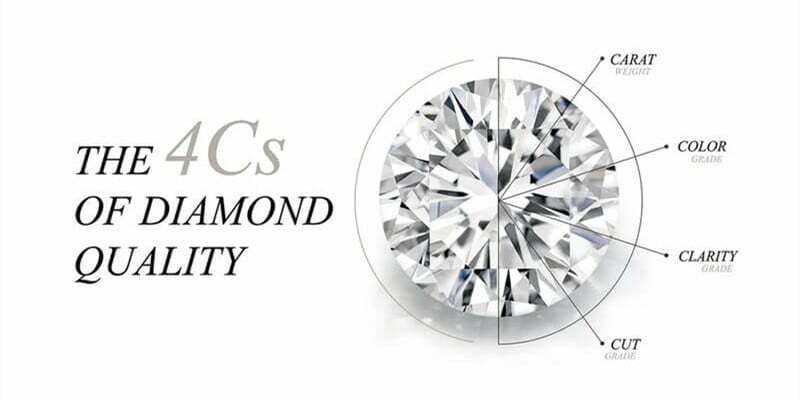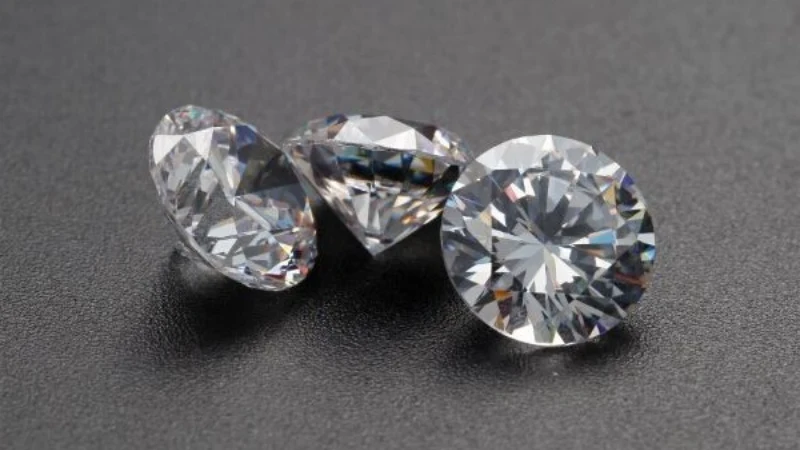Description:
Materials: Moissanite
Shape: Baguette
Cut: Step Cut
Mohs Hardness: 9.25
Color: White,Blue,Green,Blue-green,Yellow, Champagne,Pink,Black,Grey
White Color: D,EF,GH,IJ
Sizes: 2*1.5mm, 3*1.5mm, 4*2mm, 5*2.5mm, 5*3mm
What is the baguette cut moissanite?
Baguette cut is a rectangular step-cut commonly used for smaller gemstones, particularly diamonds, but also for other gems like sapphires and emeralds. Known for its simplicity and elegance, the Baguette cut is often used as accent stones in jewelry designs. Here’s a detailed description of the Baguette cut:
1. Shape and Proportions
Shape: The Baguette cut typically has a long, rectangular shape, though it can also be slightly tapered (known as a “tapered Baguette”).
Proportions: The length-to-width ratio can vary, but it generally ranges from 1.5:1 to 2:1. The cut is designed to be sleek and understated, complementing larger center stones.
2. Facets and Step-Cutting
Facets: Baguette cut gemstones usually have fewer facets compared to more complex cuts. Typically, they have 14 to 24 facets, arranged in a step-cut pattern.
Step-Cutting: The facets are cut in parallel steps, usually in two or three tiers, leading to the pavilion. This creates a sleek, clean appearance with a focus on clarity and transparency.
3. Table and Girdle
Table: The table of a Baguette cut is often large and flat, allowing for maximum light entry and emphasizing the stone’s clarity.
Girdle: The girdle (the outer edge of the stone) is usually thin and unadorned, contributing to the cut’s streamlined look.
4. Depth and Symmetry
Depth: Baguette cut stones typically have a shallow to moderate depth, which helps to enhance their brilliance and color.
Symmetry: Symmetry is crucial in a Baguette cut to ensure that the facets align perfectly, creating a uniform and polished appearance.
5. Light Performance
Due to its step-cutting style, the Baguette cut produces less brilliance and fire compared to more intricate cuts like the round brilliant. Instead, it emphasizes the gemstone’s clarity and color.
The cut is ideal for stones with high clarity, as inclusions are more visible in this simple, step-cut style.
6. History and Applications
The Baguette cut became popular during the Art Deco period of the 1920s and 1930s, known for its geometric and streamlined designs.
It is often used as side stones or accents in jewelry, particularly in engagement rings, bracelets, and necklaces. It complements more complex center stones by providing a subtle, elegant contrast.
7. Advantages and Considerations
Advantages: The Baguette cut is appreciated for its clean lines and understated elegance. It is also relatively easy to produce, making it cost-effective.
Considerations: The cut’s simplicity means that inclusions and color variations are more visible, so high-quality gemstones are typically used for Baguette cuts.
In summary, the Baguette cut is a classic step-cut known for its rectangular shape, step facets, and emphasis on clarity and simplicity. While it lacks the brilliance of more complex cuts, its elegant and streamlined appearance makes it a popular choice for accent stones in fine jewelry.




